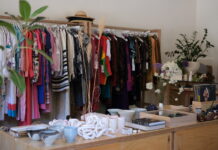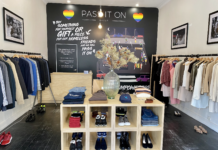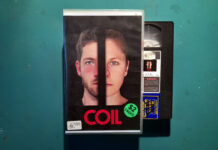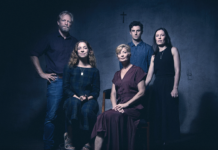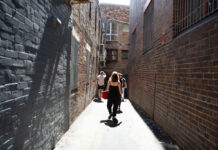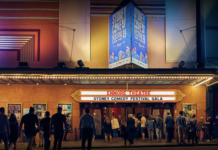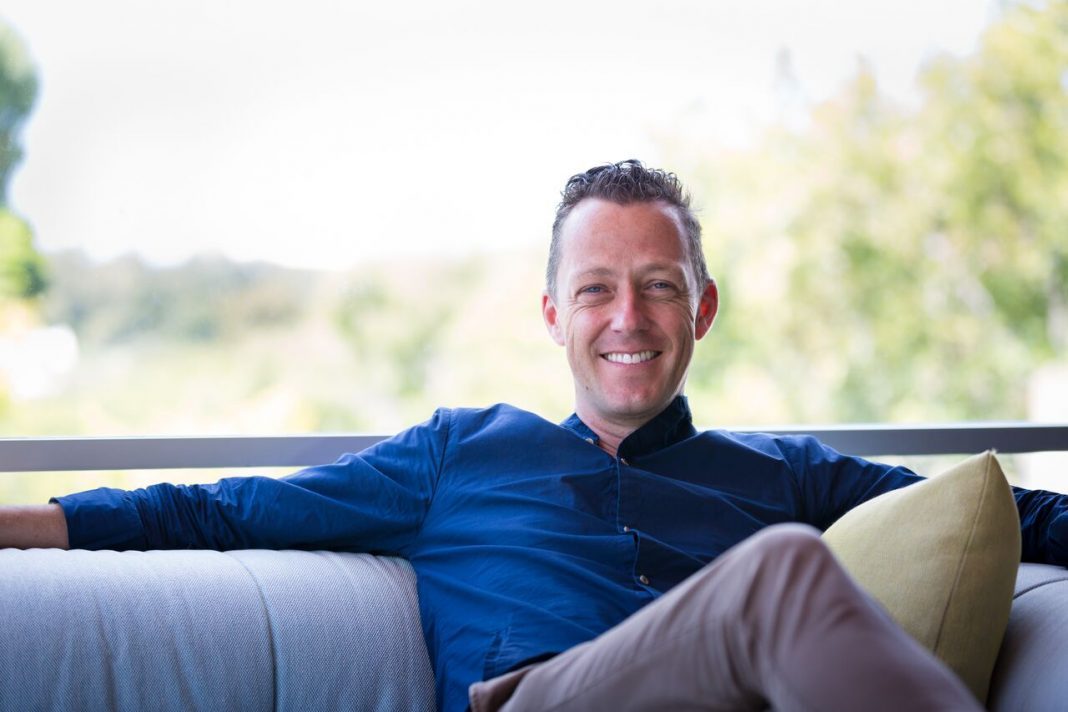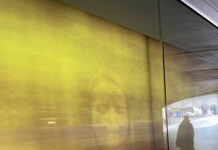Adam is the director of SJB Architects on Crown Street, and has lived and worked in the area for eighteen years. His passion for unifying urban and natural environments is evident in his award winning and globally acclaimed Cleveland Street apartment. We spoke to Adam about his vision for the Surry Hills Shopping Village with TOGA Group, and the future of the suburb.
Where did your love for architecture come from?
I’ve always wanted to be an architect from the moment I remember thinking about the world. I think perhaps it happened because when I was young I lived in a house that was constantly being built.
I’ve always seen things in three dimensions. In my head it’s a really easy thing to do. Space has a massive impact on people’s lives and happiness, so I think the ability to actively influence that is quite a joyful thing.
How did the TOGA project come about?
City of Sydney holds competitions for projects over a certain size, and SJB won. When we got the brief, I remember saying, “I can’t lose this. The project is in my backyard.” We put a lot of effort into it and we were successful.
For me this project is about localism: it’s crucial to understand the place around the building. I think it’s nice to be able to contribute something to the place you live. You’re almost more careful with it, because you’re going to be there every day.
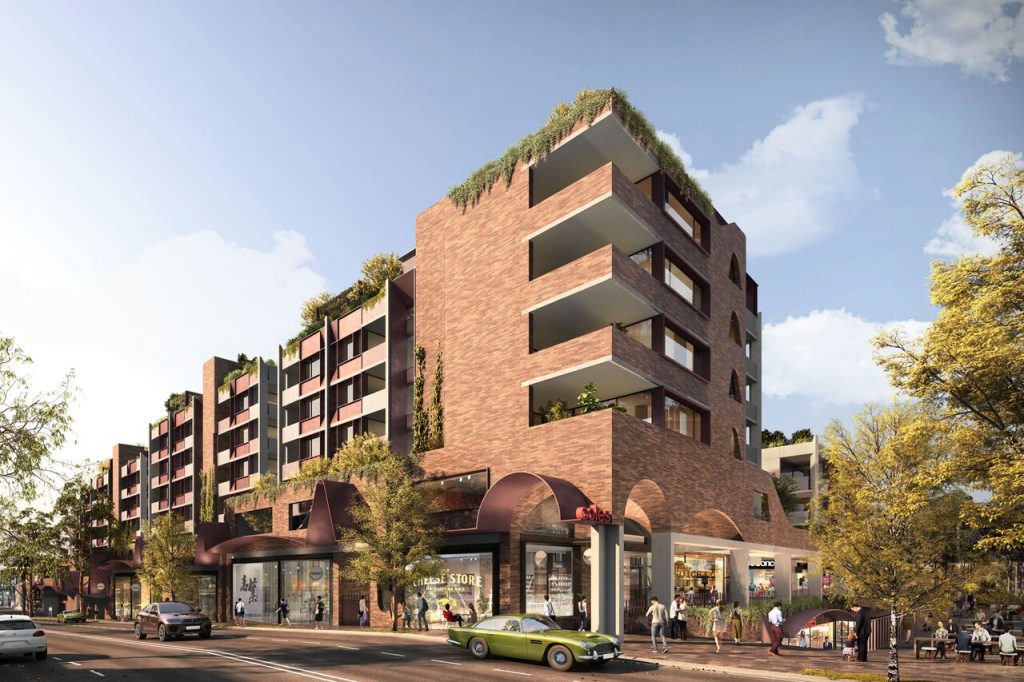
What are some factors you have to think about when designing in Surry Hills?
When I started my apartment on Cleveland Street it was an opportunity for experimentation; to do things that hadn’t been done in apartments before. The scheme for Surry Hills Village was based on some of those investigations, about open living and garden courtyard apartments, the ability to frame views, how to manage proximity in cities, how to give people a higher sense of privacy without putting fences up.
One thing about Surry Hills is that people live their lives out on the street; it’s a very social place. So to a certain extent apartments need to be the opposite of that: intimate, quiet, calm. I think that has a big impact on the way I design apartments. The challenge is always providing connectivity and privacy simultaneously.
What is unique about this project?
I think the garden and the outdoor spaces. The laneway that runs through the site, the new public park, the communal and private gardens; the green becomes the glue.
This project is also a proper mix-use project, so it’s important to strike the right balance between retail, residential and commercial. Our role is to make this project feel like it’s part of the street environment and surrounding built fabric. We want people to walk past it and feel like it’s been there forever.
What do you see in the future of the suburb, and urban architecture more broadly?
Surry Hills has amazing diversity, it has amazing street life, and it’s dominated by local brands. Most of the truly creative industries in the city are located here, so I think that level of diversity and creativity will keep it going.
Moving into the future environmentally, I think we need to return to the core fundamental roots of architecture about shade and ventilation, stop relying on technology to achieve those things and instead rely on good practice to achieve quality built environments.
We’ve gone through a period of architecture where it was all about building icon buildings. I think now it’s the experiential element of architecture that’s becoming important. It’s not just about what it looks like, it’s about how it feels. I don’t think we’ve yet understood how much of an impact built environments have on people’s lives.
Visit TOGA website for project updates and more information.

